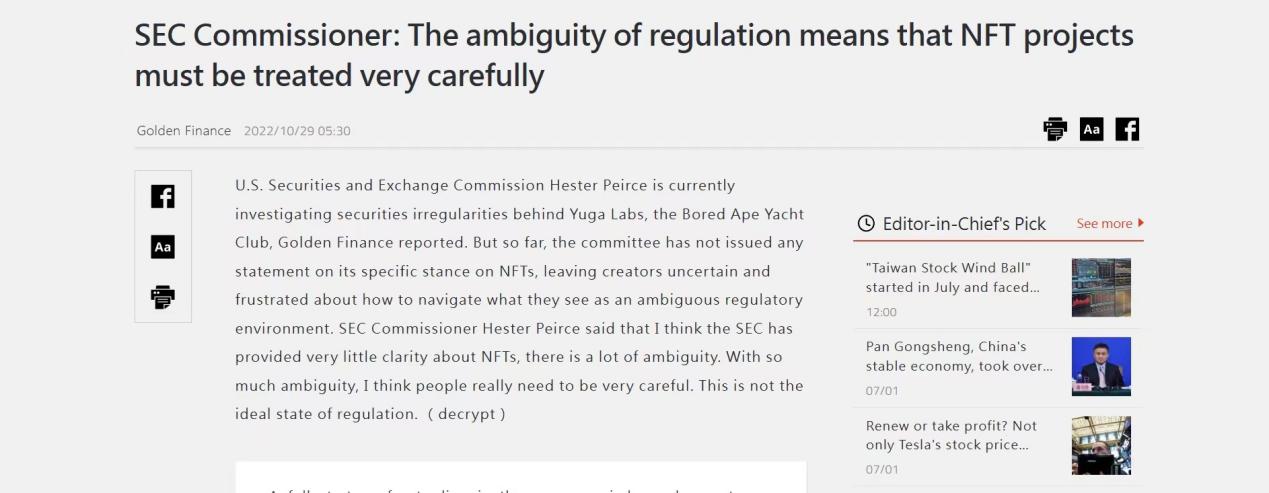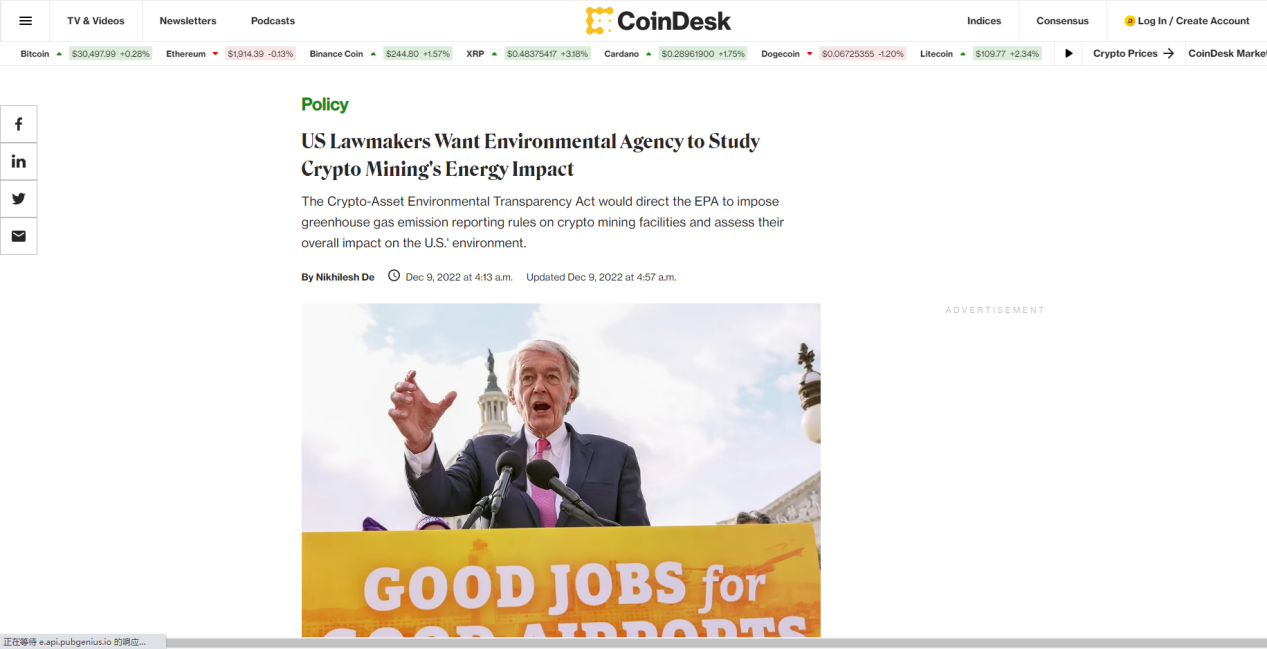The idea of NFTs has become popularized by the expanding metaverse industry and has emerged as the latest market favorite. As a subset of digital art, NFT art offers the digital age a new and varied aesthetic expression. It not only breathes fresh life into a number of established businesses, but also gives artists and innovators a brand-new platform from which to work and earn money. Additionally, it presents a brand-new investment possibility to regular investors.

However, what I want to highlight today is that there are problems concealed underneath the dazzling NFT industry. Your retained NFTs will lose value as more and more NFT platforms close their doors. The NFT market is currently contracting, and this is a trend.
What makes me say this? It’s critical to remember that despite the NFT market’s rapid growth, there is currently no regulation or standardization in place. The NFT market is threatened by problems like unending energy use, piracy, technological security issues, and legal entanglements. Let me elaborate on each of these problems.
1)Governmental repression and regulatory difficulties
For the NFT market, policies and regulations are of the utmost importance. Prior to now, the Securities and Futures Commission (SFC) in Hong Kong had issued warnings to investors regarding the dangers of NFTs. According to the SFC, NFTs have higher risks than other virtual assets, such as low secondary market liquidity, volatility, opaque pricing, hacking, and fraud.NFTs blur the lines between collectibles and financial assets, according to the SFC. The SFC mandates that NFTs that involve securities be governed and that NFTs that involve fundraising be granted licenses or authorizations by the SFC.

“I believe the Securities and Exchange Commission (SEC) has provided very little clarity on NFTs, and there are many gray areas,” a U.S. SEC commissioner once said. They continued, “I believe that individuals need to exercise extreme caution in this scenario since there is so much uncertainty. This level of ‘regulation’ is not optimal.” This assertion underscores the skepticism with which regulatory bodies view the NFT sector. After all, there are dangers of financialization and securitization during the issuing and trade of NFTs because of their rarity and the possibility for investment. Some embed financial strategies into the underlying commodities of NFTs, using the NFT as an alias to evade regulation and engage in financial trading activities. For instance, presenting NFTs as financial goods, promoting or incentivizing speculation and trading, serving as an intermediary for financing and investments, using leverage, and other similar activities. Such corporate models will be subject to significant regulatory issues, whether they are domestic or global.
2)Endless Energy Consumption
The effects of NFTs on the ecosystem around the world have been made public by the U.S. Environmental Protection Agency (EPA). The majority of NFT minting platforms use energy-intensive consensus procedures, such as Proof of Work (PoW), which results in high energy usage and carbon emissions, according to an EPA report that was published at the time. A typical illustration of this is the OpenSea platform.
The major energy consumption issue driving the NFT craze has been further confirmed by statistics from foreign sources indicating an NFT platform uses almost 421 kWh in a week, which is equal to the electricity usage of an EU resident for 1.5 months.

3)Rampant Infringement and Proliferation of Knock-offs
The contemporary NFT trading market for digital collectibles has grown massively. In China alone, there are at least hundreds of NFT trading platforms, not to mention the scenario elsewhere. Data can be used to verify the trading volumes of prominent platforms. Plagiarism is a problem in NFT digital collectibles on such a wide scale.
When it comes to NFTs, copyright and replica issues are very important. Many followers have shown that the majority of NFT works released on multiple platforms are made by making secondary changes to works from other platforms, and some works are even explicitly “copied and pasted,” which presenting serious copyright problems.
4)Technological Risks
Blockchain technology’s vulnerabilities originate from its immaturity and the architecture of blockchain processes and which are inextricably linked to the security of NFT transactions.
On the one hand, smart contracts, the essential technological foundation of NFTs, contain security flaws due to flawed program architectures. NFT encryption technology and storage keys, on the other hand, are vulnerable to viral attacks.
Blockchain’s intrinsic technological vulnerabilities pose hidden threats for NFT trading activity. Furthermore, the potential of privacy data leakage, such as identification information and transaction details, grows throughout the whole NFT bidding and trading process. If any leakage happens during the passage of NFTs, the security of participants’ assets may be jeopardized.
As far as we know, several NFT platforms in the market have never publicly revealed their contract audit information, implying that their underlying contracts have not been subjected to security audits. This suggests high asset risk as well as the possibility of covert operations.
In conclusion, according to the research presented above, many risk considerations exist behind the allure of NFTs, with regulatory impact being especially relevant. Remember the recent regulatory crackdown in the cryptocurrency business, when key exchanges Coinbase and Binance were sued by the SEC? Regulatory actions can occur at any time, and the current mixed bag of the NFT market could be the next target. When this occurs, the glittering bubble of NFTs will inevitably break.
Therefore, what is the future of the NFT market? The only way to know is to wait and see.